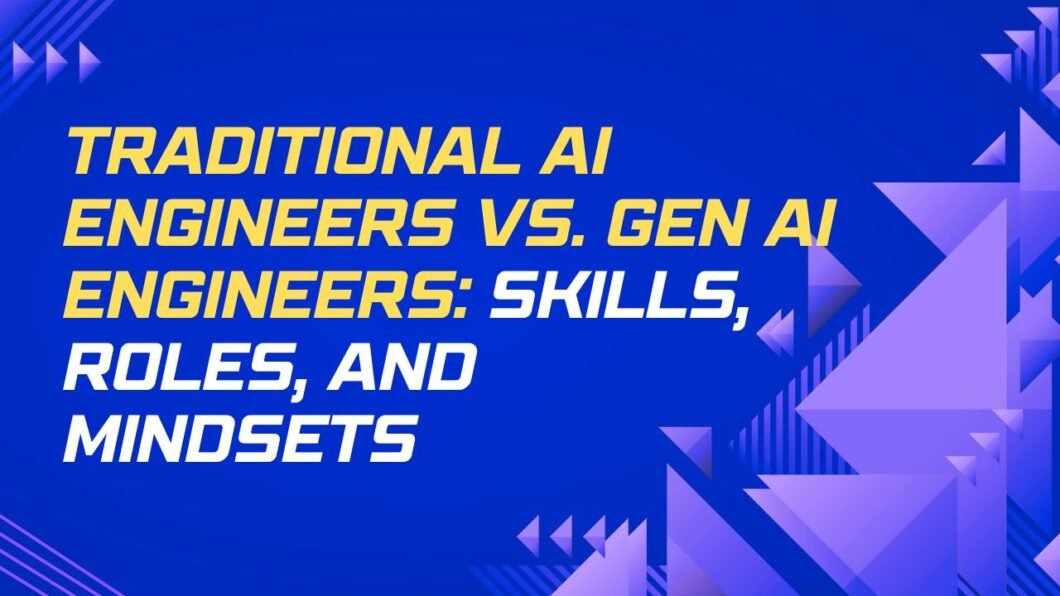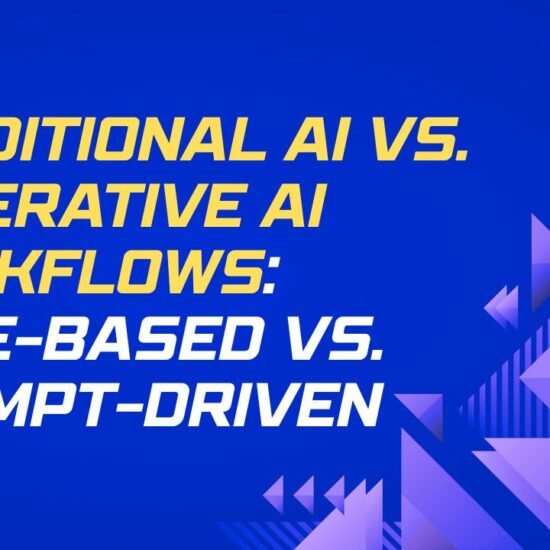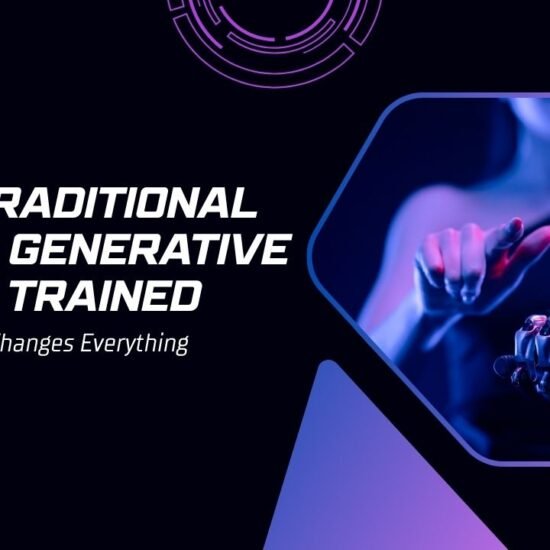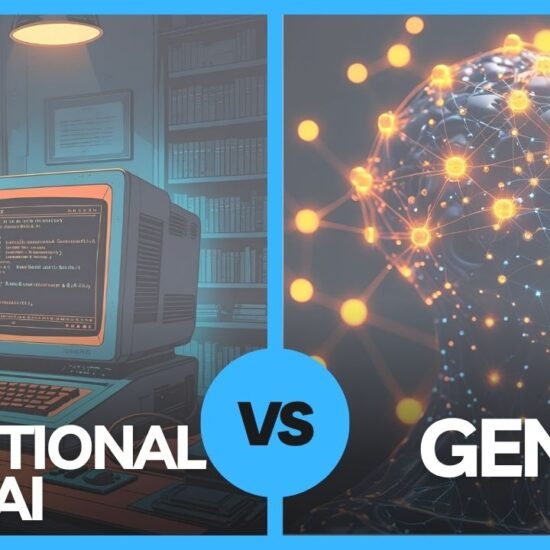As AI transforms how we build products, it’s also reshaping who builds them.
The roles of Traditional AI Engineers (data scientists, ML engineers) and Generative AI Engineers (LLM engineers, AI app builders) are diverging—quickly.
If you’re leading product or technical teams, or thinking about your own career path, it’s important to understand this evolution. Because while both roles are rooted in AI, they think, work, and build very differently.
Let’s break it down.
Traditional AI Engineers: Analysts, Modelers, Optimizers
Traditional AI engineers are grounded in data science and classical machine learning.
They work primarily with:
- Structured, labeled datasets
- Supervised learning techniques
- Predictive modeling workflows
Their strength lies in analyzing past data to make future predictions—and doing so with high accuracy, interpretability, and reliability.
Key Traits:
- Strong in statistics, modeling, and feature engineering
- Fluent with ML libraries like scikit-learn, XGBoost, TensorFlow
- Focused on metrics like accuracy, F1 score, AUC, etc.
- Comfortable training models from scratch
- Build models for tasks like classification, regression, clustering, and forecasting
Think:
- “What features predict customer churn?”
- “Which transactions are likely fraudulent?”
- “How do we segment our users based on behavior?”
They’re problem-solvers in narrow, structured domains.
Generative AI Engineers: Builders, Integrators, Experience Designers
Generative AI engineers, on the other hand, are more like AI-powered full-stack developers.
They build apps and systems on top of pre-trained foundation models, using:
- Prompts
- APIs
- Fine-tuning
- Retrieval-augmented generation (RAG)
- Tool orchestration
Their goal isn’t just to analyze data — it’s to generate valuable, human-facing output: text, code, content, answers, decisions, and even conversations.
Key Traits:
- Strong in prompt engineering and LLM behavior tuning
- Comfortable with APIs like OpenAI, Anthropic, Cohere
- Use frameworks like LangChain, LlamaIndex, Pinecone
- Deep understanding of context windows, embeddings, temperature, etc.
- Build AI copilots, chatbots, content generators, workflow agents
Think:
- “Build a chatbot that can handle 80% of customer support questions.”
- “Auto-generate personalized outreach emails based on CRM data.”
- “Design a tool that summarizes meeting transcripts with action items.”
They’re product-minded, fast-moving, and oriented around creating usable AI applications, not just optimizing models.
Skills Comparison: Side by Side
| Traditional AI Engineer | Generative AI Engineer | |
|---|---|---|
| Primary Focus | Modeling & prediction | App-building & content generation |
| Data Type | Structured (tabular, labeled) | Unstructured (text, code, audio, images) |
| Key Tools | Scikit-learn, TensorFlow, XGBoost | OpenAI API, LangChain, HuggingFace, Pinecone |
| Training Approach | Build custom models from scratch | Leverage pre-trained foundation models |
| Core Skills | Feature engineering, algorithm tuning | Prompt design, LLM chaining, API orchestration |
| Evaluation Metrics | Accuracy, AUC, RMSE | Relevance, coherence, factuality, UX feedback |
| Output Consistency | High and deterministic | Variable and probabilistic |
| Deployment Style | Model pipeline → API → backend integration | App-like LLM orchestration with UI/UX focus |
| Mindset | Analytical, model-centric | Creative, product-centric |
So… Which One Should You Hire? Or Become?
It depends on what you’re building.
- If your product needs reliable prediction, works with structured data, and integrates behind-the-scenes — you want a traditional AI engineer.
- If you’re building AI-powered UX features, copilots, or user-facing assistants — you want someone who knows how to ship with LLMs.
But the real magic? It’s in the hybrids — the people who:
- Understand both modeling and prompt tuning
- Can train a fraud detection model and integrate it into a chatbot
- Know when to use a rules-based fallback and when to let GenAI be creative
These hybrid engineers are becoming the new full-stack AI devs — and they’ll lead the way in this next wave.
For Product Leaders: What You Need to Know
- Traditional AI = predictability. Invest here when accuracy and reliability matter most.
- Generative AI = adaptability. Invest here when time-to-market, creativity, and interaction design are key.
- Plan for a mixed team. These aren’t competing roles — they complement each other.
- Build bridges. Encourage cross-learning between data scientists and GenAI builders.
The companies that scale AI best will create collaborative ecosystems — not silos — between these worlds.
Final Post in This Series (Coming Up):
➡️ Putting It All Together: Choosing the Right AI Approach for Your Product
We’ll bring the full series home with a framework to help you choose between (or combine) Traditional AI and GenAI in your roadmap.



